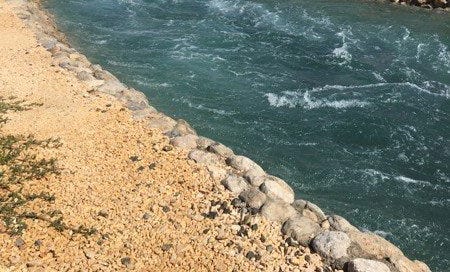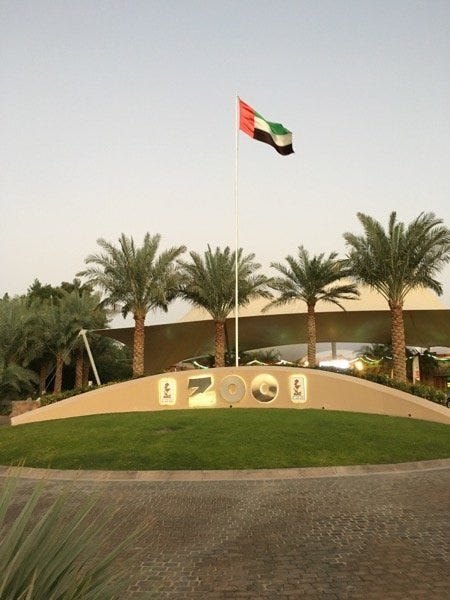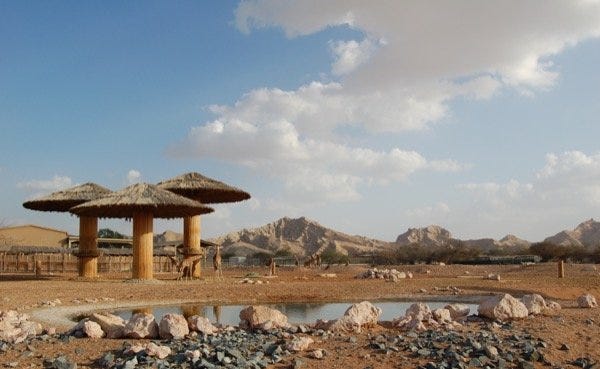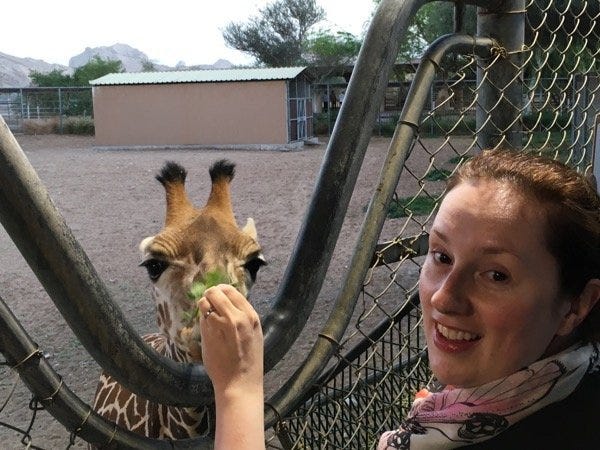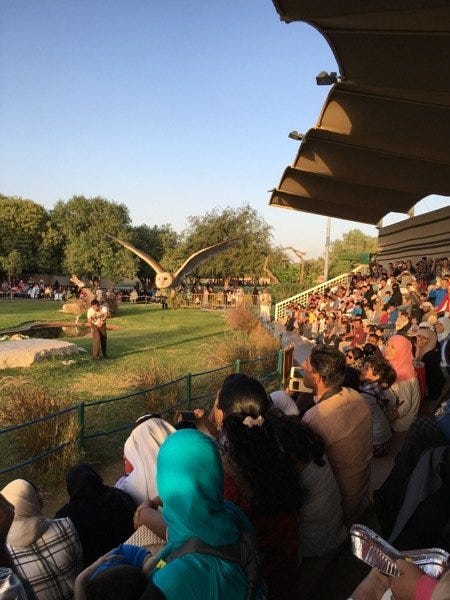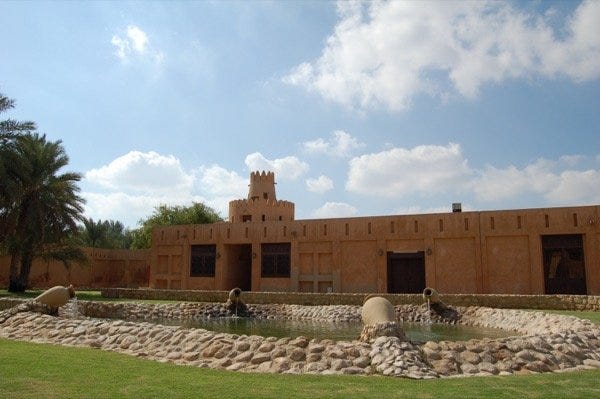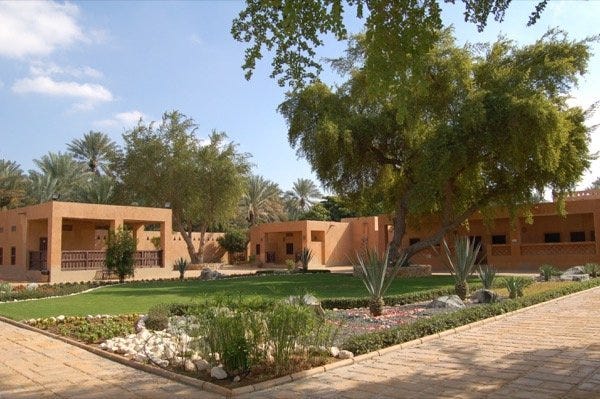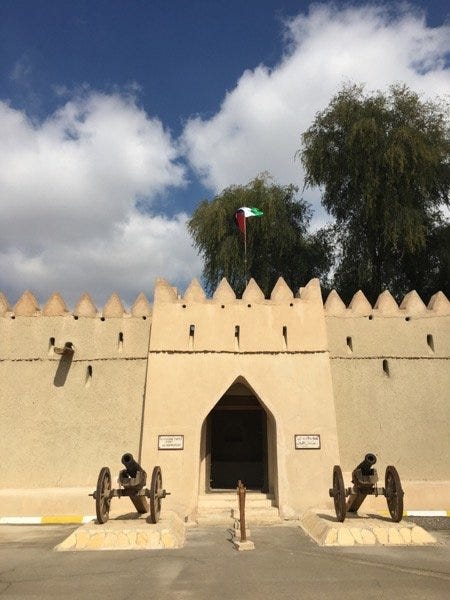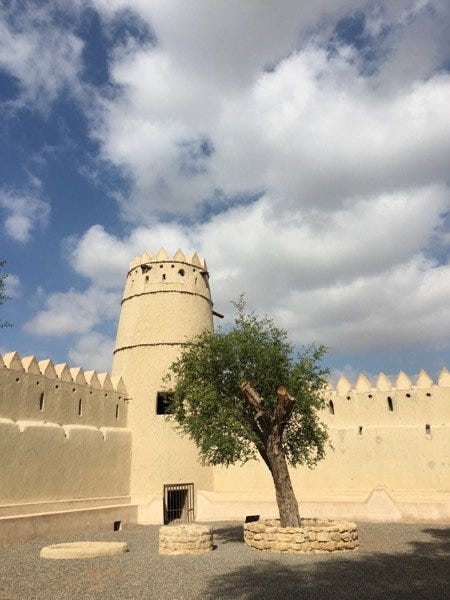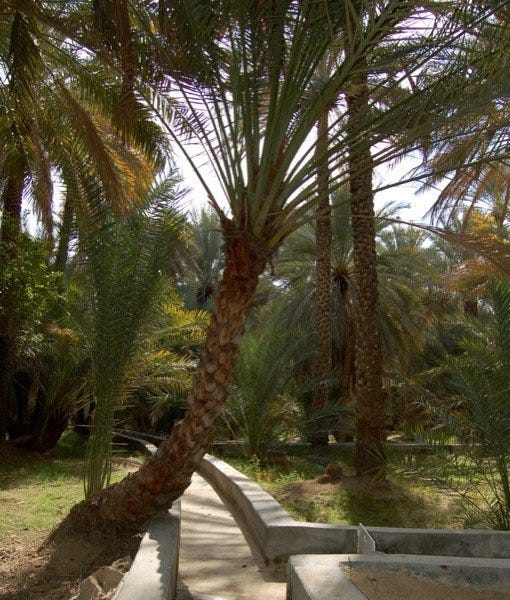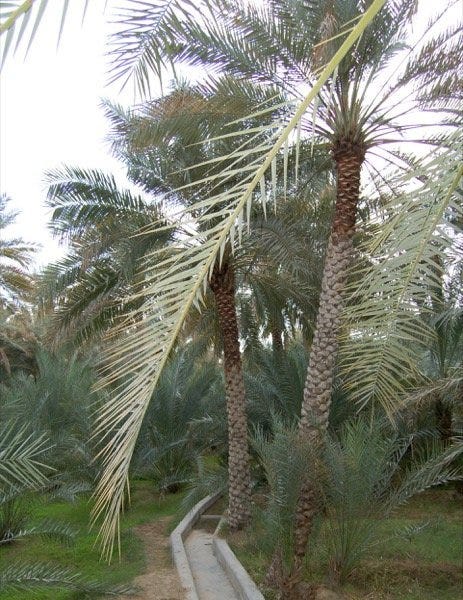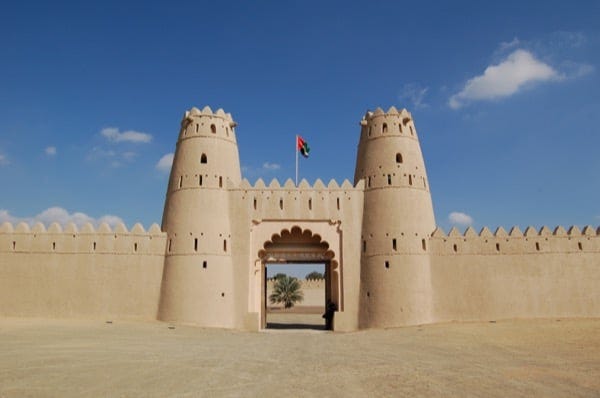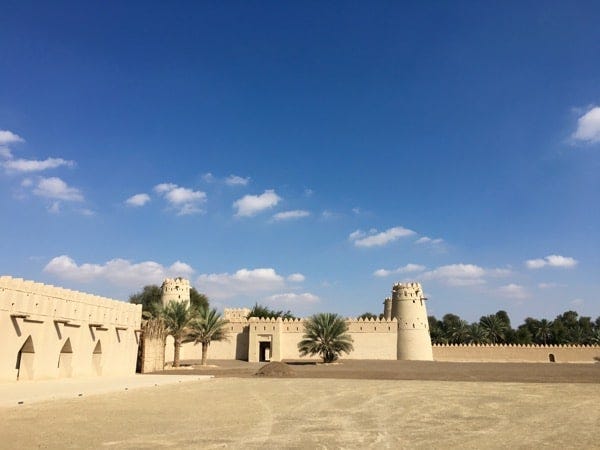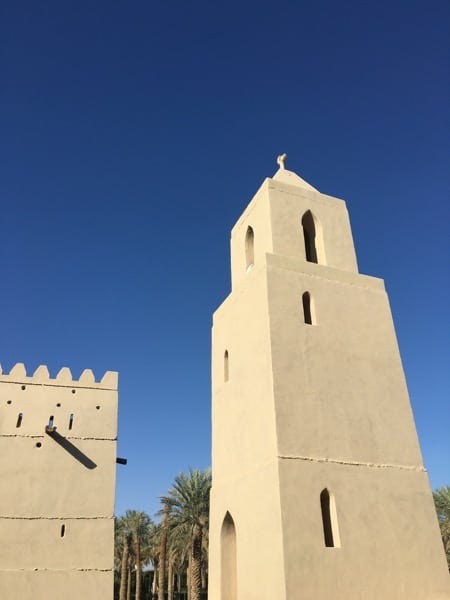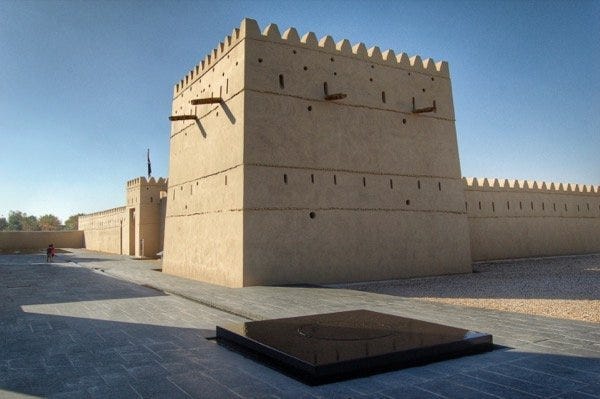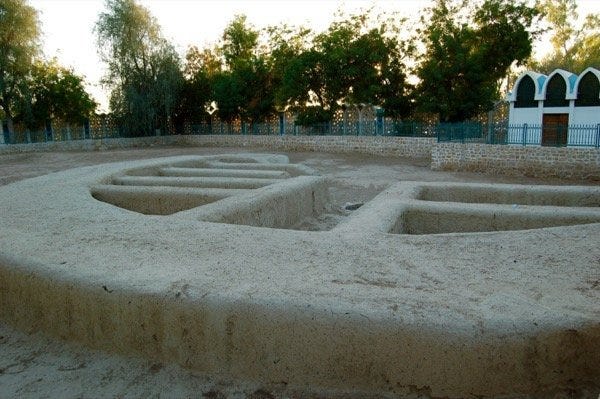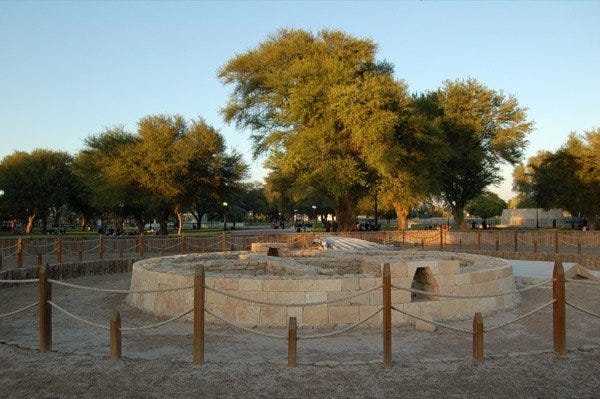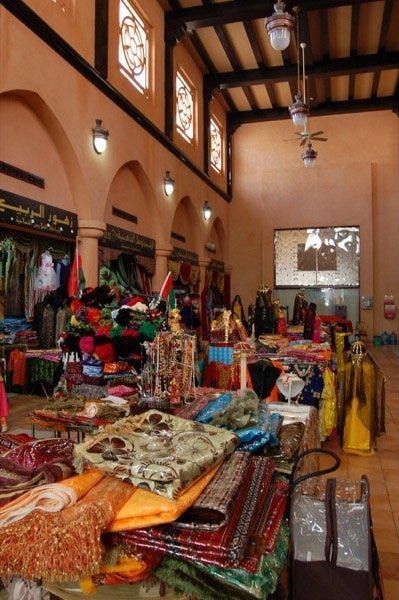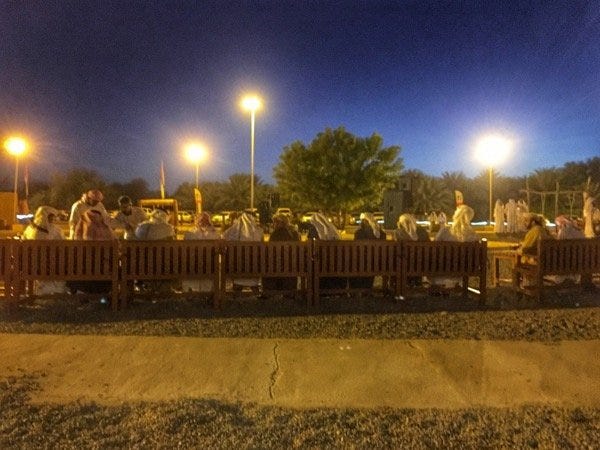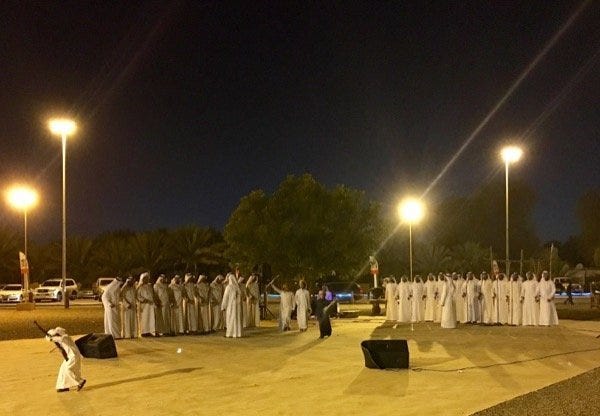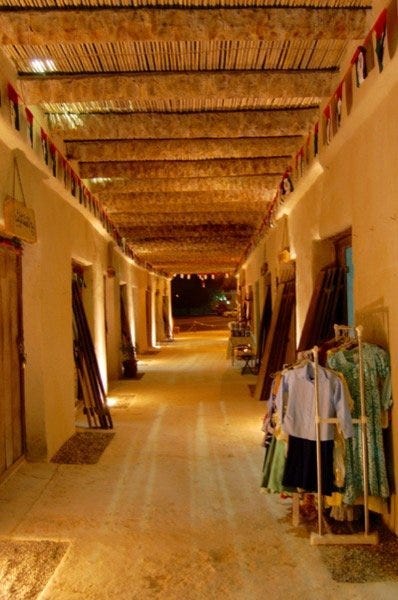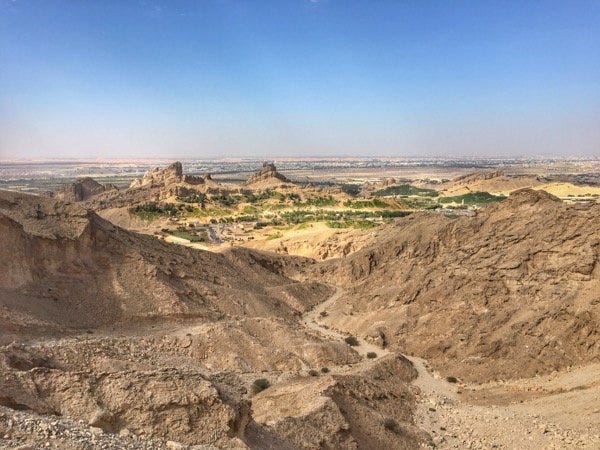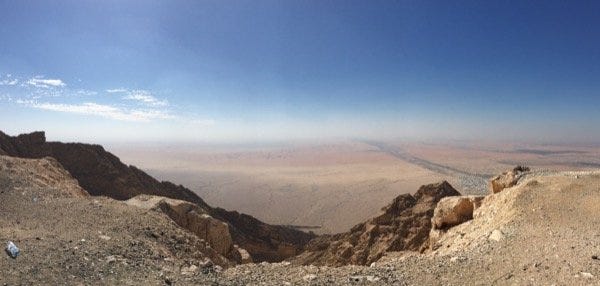12 Things to do in Al Ain
Who'd have thought there was so much to do in Al Ain? And not just activities to simply pass the time, but plenty of really interesting sights and experiences. Al Ain is an absolutely fantastic place to spend some time exploring - there's plenty to keep families entertained and particularly if you're interested in the history and progress of the UAE you can't afford to miss it. In fact, there are far more than 12 things to do in Al Ain, but 12 is a good start, so here goes.
One of the attractions in the city that most people are already aware of, Al Ain Adventure (previously known as Wadi Adventure) is the Middle East's first man made white water rafting, surfing and kayaking facility. Good for a family day out, you can easily spend a whole day here alone, and it's not just white water rafting and surfing facilities you'll find, there's also a family swimming pool and kids splash area, an aerial obstacle course and a family friendly low ropes course.
2. Al Ain Zoo
Another firm favourite as a family day out, it's not without good reason. Al Ain Zoo is simply brilliant - the animals are incredibly well-kept and have well designed, spacious enclosures, it's a really pleasant place to wander around.
The zoo also offers educational experiences throughout the day with keeper talks, animal feeding and a Parrot and bird show. I've been to the bird show twice now and despite having visited some of the most famous zoos throughout the world on my travels, I have to say that this is one of the best bird shows I have seen - definitely one not to be missed.
The zoo is also a bit of a bargain to enter at only Dhs30 per adult and Dhs10 per child aged 3-12.
3. Camel Souk
For a taste of traditional life in the UAE, a visit to the camel souk is a must. You can wander around the pens for free (though watch out for people who offer 'tours' and will try to charge you), this is a working market with animals being moved around and traffic trundling in and out so keep your wits about you, try not to get in the way of the transactions taking place and always ask for permission before taking pictures.
The Camel Souk is located near Bawadi Mall and appears on google maps.
4. Sheikh Zayed Palace Museum
The former home of Sheikh Zayed Bin Sultan Al Nahyan, the beloved founder of the UAE, the palace was built in 1910 and is well worth a visit to get an idea of what life used to be like and offers a fascinating insight into how the Royals lived before oil was discovered in the Emirate.
Entry is free.
5. Al Ain National Museum
History buffs and anyone interested in the culture of the region should pay a visit to the Al Ain National Museum. Whilst it's not a large museum it houses artefacts dating as far back as the Stone Ages and local archeological finds. Many old images of the UAE along with traditional tools and equipment used for fishing, dentistry, medical procedures, weaving and more are also showcased.
The lovingly restored Sultan Bin Zayed Fort (also known as the Eastern Fort), which served as the family residence of Sheikh Sultan Bin Zayed Al Nahyan until his succession as ruler of Abu Dhabi in 1922 is also on the same grounds.
The Al Ain National Museum and Sultan Bin Zayed Fort are located near Al Ain Oasis. Entry is Dhs3 per adult.
6. Al Ain Oasis
A literal Oasis in the desert, one of seven Al Ain Oases that the city is famous for, these expansive palm plantations are the very reason Al Ain became a settlement in the first place. Shelter from the heat of the day, enjoy the peaceful sounds of bird song in the heart of the city and marvel at the 3,000 year old technology that is the falaj irrigation system, the network of channels carrying water from underground enabling 'The Garden City' to remain so green.
The Al Ain Oasis is free to enter.
7. Al Jahili Fort
One of the largest forts in the country and a summer residence of the Royals from days gone by, Al Jahili Fort is one of the most magnificent forts to pay a visit. With the most recent restorations having been completed in 2008, the fort is now also home to a visitor information centre with information on the history and restoration project, a gallery hosting temporary exhibitions and a fascinating permanent exhibition on renowned explorer Wilfred Thesiger who spent a lot of time in the region and crossed the Empty Quarter twice in the 1940s. The exhibition is a must for anyone who's read Thesiger's book 'Arabian Sands', but even for those who haven't the exhibition still offers a captivating insight into how life in the desert used to be through an amazing collection of old images.
Entry is free.
Only opened to the public in November 2015 after having undergone an extensive restoration and transformation project, Qasr Al Muwaiji is the birthplace of Sheikh Khalifa Bin Zayed Al Nahyan. The fort now houses an exhibition that charts the life of Sheikh Khalifa, and his role as leader of the UAE. As well as an interactive exhibit with heaps of stories and information, you can also visit the beautifully restored North-West Tower, that was the home of Sheikh Zayed Bin Sultan Al Nahyan and his family. Entry is free and to help bring the experience to life for kids, there's even a free fun activity book you can pick up at the entrance. Qasr Al Muwaiji is an excellent example of a well carried out restoration, pairing modern and traditional in an impressive manner yet still remaining true to the preservation of the original site. It's one of my favourites on this list and I hope we see more of this type of work in similar projects for the future. If there's only one historic site you visit in Al Ain, it should probably be this one.
9. Hili Archeological Park
Basically a public park where residents of Al Ain gather on weekends to relax, play and picnic, Hili Archeological Park is actually a Bronze Age site, and the largest one in the UAE at that. It may be a little strange to visit such significant archaeological remains in these modern surroundings, but if you're interested in history and archeology it's well worth a visit. Make sure you stop off at Al Ain National Museum first to learn the details of the excavations - tombs, remains of an Iron Age village, a falaj irrigation system from the Iron Age and a mud brick tower dating as far back as 3000BC are all visible.
Entrance to the park is free.
10. Visit the Souks
If you want a more traditional shopping experience than you might find in Dubai or Abu Dhabi, Al Ain is the place to go. Souk Al Bawadi and Souk Al Qaws are outdoor souks, with the first being the place to go for souvenirs. The Central / Old or Al Ain Souk (all names the one market goes by) has produce, spices, meats, seafood, produce and just about anything you might ever need for your camel. Souk Al Zafrana is the place to visit for fruits and veggies along with textiles and traditional clothing.
11. Souk Al Qattara
An historic souk that has been renovated and restored to include an arts centre, Souk Al Qattara is the place to go to see traditional and cultural events such as the 'stick dance' or, as it should be known, Ayala dancing. There's also a traditional handicrafts market where you can see many local crafters in action and try some fresh Middle Eastern delicacies.
Free to enter, open from October to May.
12. Jebel Hafeet
No trip to Al Ain is compete without a trip up Jebel Hafeet, which at 1240 metres, is the UAE's second highest peak. The arid land creates a stark but beautiful outlook and the road up the mountain has also been cited by those in the know as 'among the world's best driving roads' - the more adventurous might also enjoy walking, running or cycling the 12km road.
And that's it for now, though there's still plenty more to explore in Al Ain yet..!
Do you have a favourite or one that I've not included on this list? I'd love to hear your thoughts.


